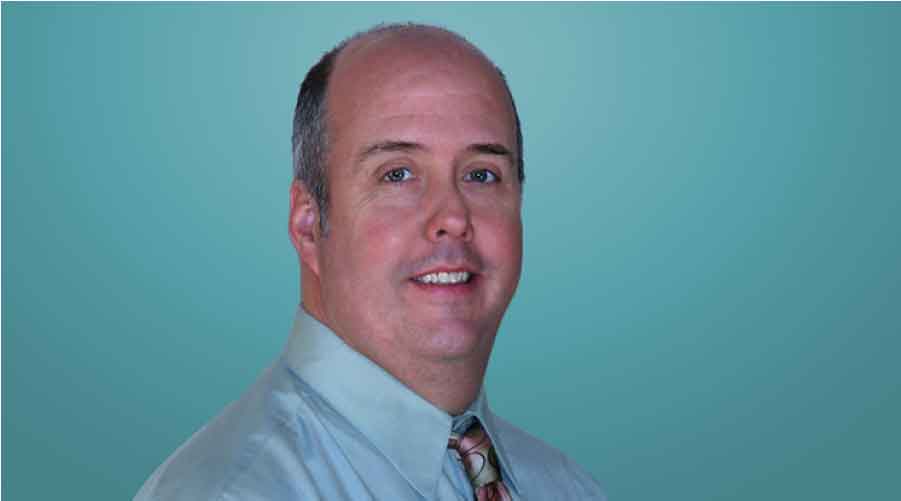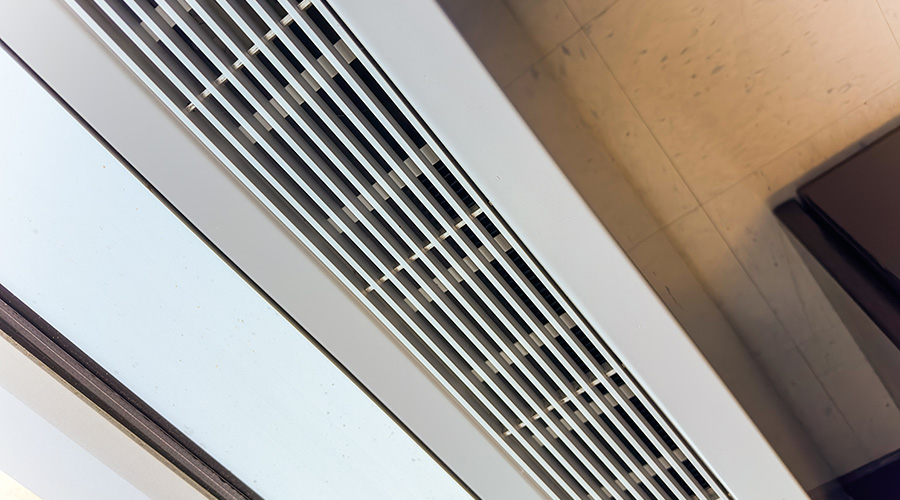Facility Managers at the Forefront of IAQ Solutions
Facility managers are reshaping indoor air quality practices in response to the pandemic and playing a key role in ESG issues.
No facility-related issues have come under greater scrutiny since the outbreak of the pandemic than ventilation and indoor air quality (IAQ), and facility managers have found themselves challenged to explain their decisions in light of the impact these issues have had on occupant health.
“In the first few months, there wasn't a lot out there that was concrete,” Gilmer says, referring to guidance for managers on HVAC system operation. “There were a lot of people that were that were looking at the issues with HVAC systems, but at the time, we didn't have a good understanding as to how COVID was transmitted and the role of our systems in that process. The early question was, “Is it better to turn the air off or on?”
“What the general public wanted to know was, ‘Is this building doing things that I hear are good practice?’ There were concerns about things like filtration and treatment of air and sufficient ventilation. What they wanted to know is fundamentally what most of us want to know when we walk in a building: Is this place safe? Is it okay to be here? Am I going to put myself at risk with what's going on?”
Inside facilities, the topic of IAQ remains a work in progress.
"There definitely is more emphasis on that, and whether that's from the building ownership or management level and then down to a lot more people who are managing the buildings, facility operators, the engineers on site, there's definitely more emphasis,” Werts says. “‘How are we actually doing this? Are we keeping up our maintenance routine? Are we able to open up the outside air damper more often?’
“Managers and engineers are challenged with those things because there are practical challenges to those. But there is more emphasis on that, and with the right team of people working on it together, we can all achieve some of these goals to satisfy our occupants.”
While building owners, facility managers and their staffs continue discussing the most effective way to operate HVAC systems to create healthy indoor environments, there are signs that the general public is beginning to move on from the issue.
The IAQ conversation “varies wildly between what sector of buildings you're talking about — the high-occupancy kinds like multifamily, healthcare,” Hammer says. “That's one conversation. There's a very different conversation for commercial office space because they're just trying to figure out how to get people back or figure out if they need to let their real estate go. I feel like the conversation spiked, and now it's actually crashing back down to a degree in certain sectors because they've got other problems and priorities.”
What lies ahead
Whatever the near-term result of such discussions, the most important change is that facility managers more often are leading them and playing central roles in what happens in the long term.
“For those who are operating and maintaining buildings, that conversation is not going away,” Gilmer says. “But it has more dimension to it. People are much more aware of the impact that they have on the environments that they manage.
“It's that sense of being at the table being an informed, strategic contributor. That’s been a big win over the last three years for that operations and maintenance community. The FM is much more thought of as part of that essential team. They've got to think strategically, they've got to think big picture. These conversations that we've had around filtration and technology and balance of systems have really helped people push past the regular everyday conversation about too hot, too cold, too expensive.”
Managers also are finding themselves at the center of broader discussions related to environmental, social and governance (ESG) issues taking place in a growing number of organizations.
"ESG corporate sustainability has gained such a conversation at the table for so many organizations these days,” Hammer says. “The facility manager can produce information that's informing the director of sustainability's ESG goals, which impacts stock and many other things. That changes the conversation for those facility folks.”
Despite all the headaches, long days, operational challenges and hard work over the last three years, many facility managers are now viewed in a much different light in their organizations, one that reveals the critical role they play not just in the daily operations of facilities but in the health of facility occupants and the overall success of their organizations.
“As a profession, those who operate and run facilities have put a lot of work into increasing competence, into feeding that strategic thinking, into helping people think big picture beyond just the nuts and bolts and the wrench turning,” Gilmer says. “Facility management is ever so much more than that. The pandemic has offered them a great opportunity to show what they know and how they thought.”
Dan Hounsell is senior editor for the facilities market. He has more than 30 years of experience writing about facilities maintenance, engineering and management.
Related Topics:













